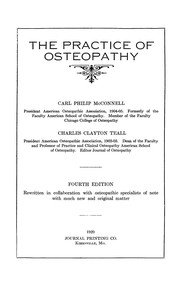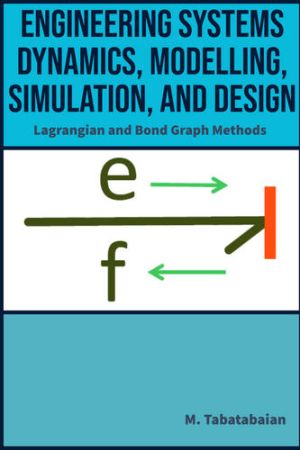Ear Muscles Flex to Help Focus on Sounds, Study Reveals Evolutionary Link
A study reveals that tiny ear muscles flex when people focus on specific sounds in noisy environments. Once vital for movement in ancestral species, these muscles no longer serve a major function in modern humans but may hold potential for hearing aid advancements. Researchers observed that superior auricular muscles react to difficult listening tasks, while posterior auricular muscles respond to sounds from behind. The findings suggest an evolutionary remnant and could lead to hearing aids that enhance focus-based amplification.

A study has found that small muscles in the human ear flex when an individual tries to focus on a particular sound in a noisy environment. These muscles, which were once crucial for movement in ancestral species, no longer play a significant role in modern human hearing. However, their activation suggests an evolutionary remnant of a once-functional auditory system. Researchers believe that understanding these subtle muscular responses could contribute to advancements in hearing aid technology.
Research Findings on Ear Muscles
According to the study published in Frontiers in Neuroscience, experiments were conducted by Saarland University in Germany to examine the response of auricular muscles during listening tasks. Participants with normal hearing were exposed to overlapping audio sources while their ear muscles were monitored using electrodes. The results indicated that the superior auricular muscles, located above the ears, became more active as the difficulty of distinguishing sounds increased.
In contrast, the posterior auricular muscles, which are situated behind the ears, showed heightened activity when sounds originated from behind the participants. It has been suggested that these reflexive movements may have once helped early humans detect sounds outside their direct line of sight.
Potential Applications in Hearing Aids
Steven Hackley, a researcher at the University of Missouri, stated to Live Science that these findings could influence future hearing aid development. He explained that if hearing aids could detect muscle activation, they might be able to automatically amplify sounds in the direction a person is trying to focus on.
While some researchers believe the study provides insights into how humans attempt to enhance their hearing, others have noted that the increased muscle activity may not necessarily correlate with listening effort. Matthew Winn, a researcher at the University of Minnesota, stated to Live Science that the muscle response could instead reflect a heightened state of alertness rather than a conscious attempt to hear better.












)

























































